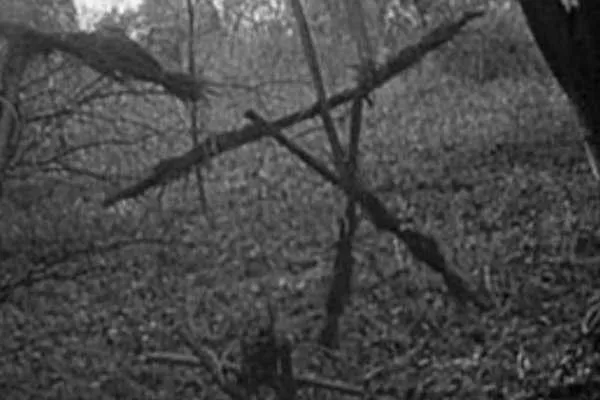
How “The Blair Witch Project” Changed Horror Movies Forever
Today, we’re diving into a ghost story that doesn’t just haunt the woods of Burkittsville, Maryland, but the very foundation of horror cinema—The Blair Witch Project. Released in 1999, this trailblazing terror transformed horror with its shaky cams and even shakier audiences. So, grab your map (not that it helped those poor souls in the movie), and let’s explore how this iconic film changed the game forever.

Budget
Made for what you might spend on a used car (roughly $60,000), The Blair Witch Project raked in nearly $250 million at the box office. That’s like turning a lemonade stand into a Fortune 500 company overnight! This financial feat showed filmmakers and studios that you don’t need blockbuster bucks to scare the pants off the world; you just need a killer concept and raw execution.
Storytelling
It wasn’t just the ROI that had Hollywood’s head spinning. The real revolution was in the storytelling. The Blair Witch Project ditched the polished script for a raw, improvisational style that left viewers questioning what was real and what was reel. The actors were given outlines instead of scripts, making their terror as they navigated the cursed woods feel all too genuine. This method blurred the lines between fiction and reality, pushing the immersive experience of horror to new, unnerving heights.
Marketing
Then there’s the marketing—oh, the marketing! The filmmakers used nascent internet buzz and a mockumentary approach to suggest that the footage was real and the actors were actually missing or dead. This viral campaign was so effective that it had moviegoers scouring the web and debating in chat rooms long before Reddit detectives became a thing. It transformed movie marketing, showing that with the right hooks, audiences could become part of the story, engaging with the film in ways that went far beyond the screen.
Aesthetic
And let’s not overlook the aesthetic. Those shaky shots might have made some queasy, but they also crafted a claustrophobic intimacy that conventional films couldn’t match. Every rustle of leaves and distant crack twigged on our primal fears, proving you don’t need CGI monsters to be monstrous.
Culturally, The Blair Witch Project spawned a found footage frenzy. Its success paved the way for films like Paranormal Activity and [REC], each using minimal budgets and maximum realism to scare us silly. The genre’s appeal lies in its authenticity—instead of watching a horror unfold, you’re part of it, and that personal stake ramps up the dread.
The Blair Witch Project didn’t just change horror; it redefined it, proving that imagination and innovation could turn simple myths into cinematic milestones. It taught us that sometimes the scariest things are those unseen, lurking in the shadowy depths of both our minds and the unknown woods.

